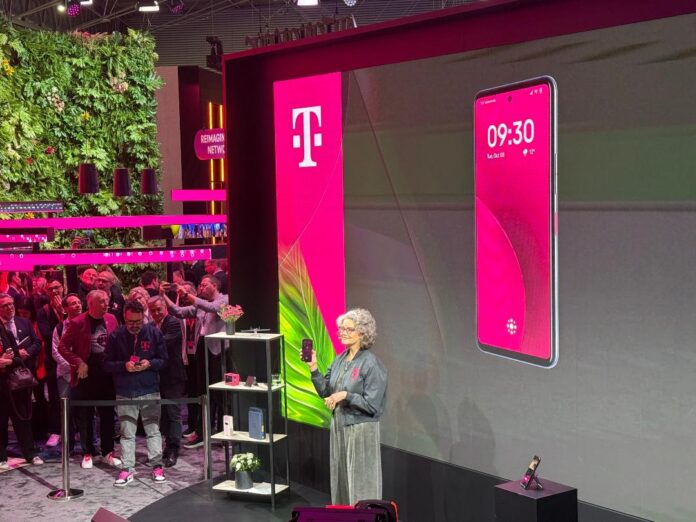Deutsche Telekom Deploys AI to Revolutionize 5G Network Management

Deutsche Telekom Unveils AI-Driven 5G Optimization System
In a bold move redefining telecom infrastructure, Deutsche Telekom has deployed an AI-powered platform to dynamically manage 5G network traffic in real time. This development, announced on August 17, 2025, signals a pivotal shift—transforming bandwidth allocation from static rule-based methods into a proactive, data-driven system [2].
Why This Matters for Telecom and Consumers
As 5G adoption surges, users demand low latency and uninterrupted service for bandwidth-intensive applications, from streaming to autonomous vehicles. Traditional networks often struggle with sudden traffic spikes and inefficiencies. AI-driven management empowers the network to anticipate demand, allocate resources, and adapt instantly, reducing dropped connections and improving user experience [2].
How the AI System Works
The platform combines machine learning algorithms with live usage data—predicting congestion, recognizing usage patterns, and automatically prioritizing critical services. Unlike legacy rule-based systems, which reallocate traffic reactively, Deutsche Telekom's AI optimizes performance continuously. Early results demonstrate:
- Up to 25% reduction in high-traffic bottlenecks
- Consistently lower latency for connected devices
- Lower operational costs, as automation reduces manual network interventions [2]
Industry Impact and Competitive Landscape
Deutsche Telekom’s move is already prompting other major telecommunications providers to accelerate their own AI integration efforts. Analysts note this system sets a new benchmark for real-time, robust, and energy-efficient 5G performance. Cloud compute demand is rising as telecom AI workloads shift network management to the edge—Oracles' announcement of 2,000 AI cloud hires underscores this trend [2].
Looking Ahead: The Future of AI-Operated Networks
Experts predict that within the next two years, AI-powered network management will become standard across advanced telecom markets. Key benefits include: scalable bandwidth for IoT and AR/VR services, rapid fault mitigation, and improved visibility for network planners. From cost efficiency to seamless user experiences, the significance reaches well beyond telecom, as industries dependent on constant connectivity stand to gain substantially.
Industry leaders and AI experts such as Jensen Huang (NVIDIA) and Sam Altman (OpenAI) have commented on the broader trend, citing telecom's AI transformation as a tangible sign of enterprise-wide AI adoption [2]. As Deutsche Telekom’s pioneering initiative gains traction, the race to smarter, self-optimizing networks is truly underway.
How Communities View AI-Powered 5G Optimization
The announcement of Deutsche Telekom's AI-driven 5G management platform has sparked lively debate across X/Twitter and Reddit. The conversation centers on benefits, risks, and future impact on the telecom sector and consumers.
-
1. Tech Enthusiasts & Investors (~40%)
- Many in r/technology and X users like @telecompulse celebrate the announcement as a breakthrough, considering it evidence of Europe's leadership in telecom AI. They point to benefits for gamers, streamers, and smart city applications: “Zero lag for VR and smart vehicles is the killer app we’ve waited for,” one post read.
-
2. Privacy & Security Advocates (~25%)
- Concerns circulate about how real-time network surveillance might erode privacy. Prominent voices including @privacyintl and cybersecurity analyst @cathyrau question transparency around consumer data use: "Real-time network data is powerful—what protections are in place?"
-
3. Industry Professionals & Analysts (~20%)
- Telecom engineers and analysts on r/networking discuss the technical hurdles of implementation at scale. Some, like r/fiberoptics moderator u/networkpro, praise the move but warn about overdependence on proprietary AI black boxes.
-
4. Consumer Incumbents and Critics (~15%)
- A segment of Reddit users in r/de consider whether this will raise costs or worsen digital divides. Posts highlight skepticism: "Will rural customers benefit, or will networks just get better for city-dwellers?"
Majority sentiment is cautiously optimistic, recognizing the innovation as a leap forward while calling for robust oversight and equitable deployment. No single viewpoint dominates, reflecting both excitement and measured concern throughout the community.